Werewolves are mythical creatures that appear in folklore around the world. There are many variations of the werewolf legend, but there is no consensus on how exactly a werewolf came to be. In some legends, this is described as transforming a human into a wolf or other wolf-like creature.
According to werewolf folklore stories, people caught under the werewolf curse turn into werewolves who are seen as monsters at the full moon. In vernacular tales of humans turning into werewolves, it may result from a spell or a bite. Also, another story that we will see in werewolf legends is that these people can get along with a demonic entity. There are legends that humans turn into werewolves, not just by bites or sorcery, but by making a deal with an evil entity.
The Oldest Werewolf Stories in History
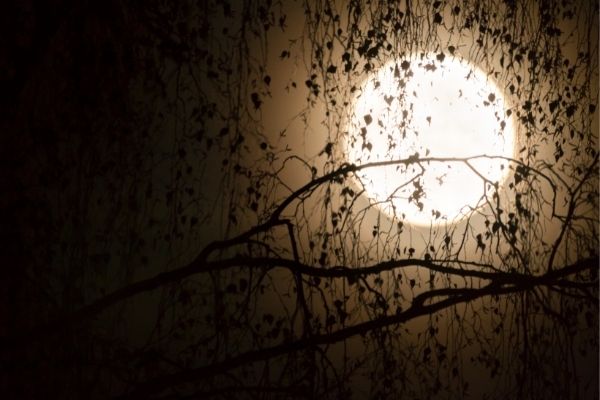
Werewolf legends exist from very ancient times. The earliest documented reports of werewolves date back to Ancient Greece. Some of these reports can even be found in Ancient Rome. Werewolf stories were widespread in these two civilizations. According to werewolf legends, the people even believed in them so much that they developed superstitions.
The Greeks’ fears of werewolves date back to Scythian warriors. Greek Historian Herodotus, one of the founders of history, likened the Scythian warriors to a mixture of wolf and human beings because of their wolf skins. According to his writings, a culture of werewolf myths was formed among the Greeks.
The possible origin of werewolves in Roman Culture
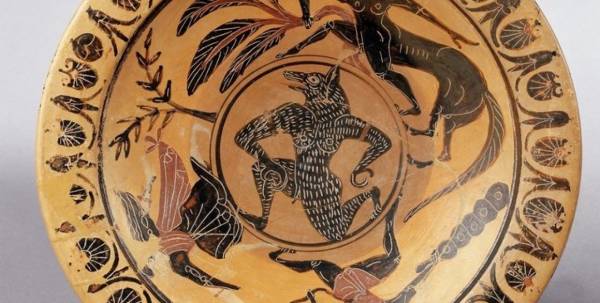
One of the most prominent myths of werewolves also appears in Rome. We can say that the origin of the werewolf legend is Rome. The stories told in Rome spread fear among the people for many years and spread all over Europe. In Rome, the definition of werewolves is “wild creatures that turn into wolves at night, feeding on humans or cattle.” People also called these creatures shapeshifters.
This wild creature was given “Lupus,” which means wolf in Latin in Roman culture. This name was eventually shortened to “Lycanthrope” in English. Its whole meaning in English is creatures that change shape, eat human flesh and drink blood, taking the form of a wolf. Even this description is one of the indicators of how terrible a reputation this legend has among the people.
Werewolf Stories in Different Cultures and Epics
You can hear different werewolf stories in many parts of the world. It is even possible to come across old stories from ancient Greece. At the same time, these werewolf stories may vary according to their society. There are many legends, from the epic of Gilgamesh to Hitler’s werewolf army. Some of these stories are still unsolved. One of the elements that make these stories attractive is the mystery. You can find examples of Werewolf legends worldwide and historical werewolf stories below.
Werewolf in Epic Of Gilgamesh
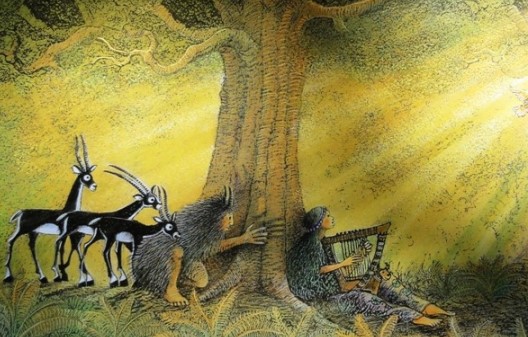
In the Epic of Gilgamesh which was written in Babylonia, the werewolf is an evil, shape-shifting creature that lurks in the wilderness and attacks lone travelers. In this epic poem, the hero Gilgamesh is turned into a werewolf by the evil goddess Ishtar, who sent him to kill his friend Enkidu.
The story of Gilgamesh is one of the earliest surviving works of literature, dating back to at least 2100 BC when an unknown Sumerian scribe wrote the first few lines on clay tablets. The epic was later translated into Akkadian, Aramaic, Greek, and Latin.
Lycaon in Greek Mythology
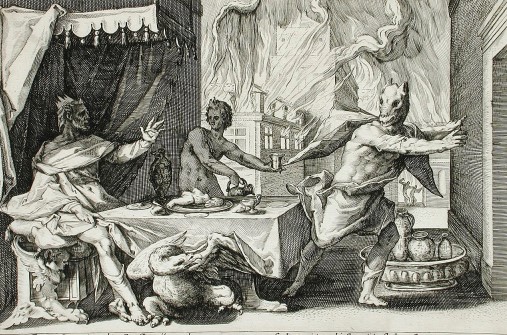
Lycaon was the son of Pelasgus and Meliboea and king of Arcadia. He’s most famous for his part in the flood myth. He is a character remembered as a werewolf in ancient Greek myths.
XVIII of Ovid’s Metamorphoses. In his book, Lycaon is turned into a wolf by Zeus for his cannibalism and murder of Pelasgus. In Ovid’s account, Lycaon has two sons. Their names are Nyctimus and Cetea. These, in turn, are turned into wolves by Zeus. Later, these beings were regarded as werewolves in Ancient Greek culture. The mainstay of werewolf legends in Greek culture is the story of Lycaon.
Turned Into Wolf With A Belt in Norse Mythology
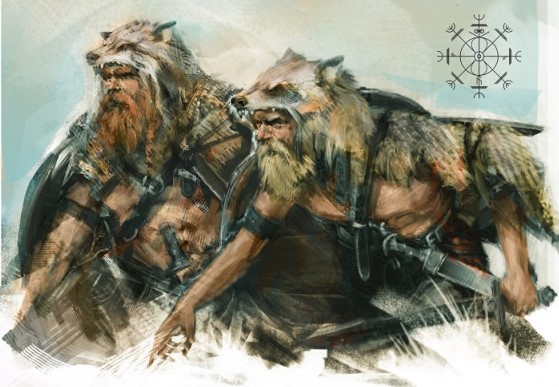
Scandinavian mythology is at least as magnificent as Greek and Roman mythology. Werewolf legends find their place in every mythology and Scandinavian mythology. Here, the creator of this legend is Loki. In Norse mythology, the belt of the god Loki is a symbol of his power. It is also known as the “belt of power” given to it by the dwarves Brokkr and Sindri.
This story in mythology is connected with Loki’s belt. According to the story Snorri Sturluson tells in the Prose Edda, Loki uses the power of his belt to transform into a wolf and eat Odin’s son Fenrir. Odin then goes to the dwarves who made this belt to prevent it from happening again. He tells them he wants them to construct a belt that is more durable than Loki’s. The dwarves obey this order and make a belt much stronger than the one Loki wore.
Rougarou Legend in North America
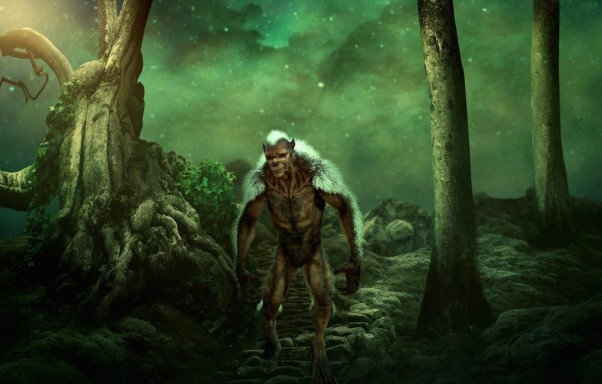
Rougarou legend is one of the most legendary and famous werewolf legends. The legend of Rougarou originated when French settlers settled in North America. It is a story about a man who turns into a wolf at night and attacks people. The primary source of this story is France. Later, it spread to North America through this colony. It has taken its place among the native American werewolf legends. The name of this creature described in the story was “rougarou.”
The mythology has several versions, but it generally includes a witch doctor (bokor) cursed or congenitally crippled for breaching a taboo. His physical appearance varies greatly depending on the storyteller’s description, but he is usually feathered and about two feet tall, identified by his glowing red eyes, large claws, and fangs. According to other explanations, he has long black hair covering his body, except his head and face. He also has an insatiable appetite for raw meat and human blood.
South America Lobizon Werewolf Story
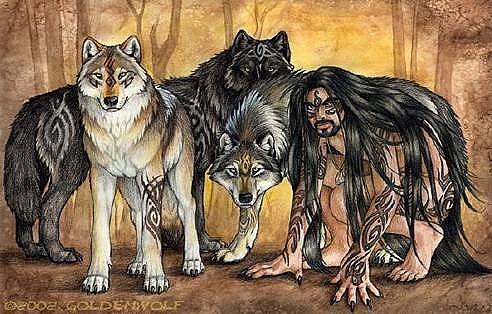
Lobizon is a werewolf story familiar in the Amazon region of South America. It comes from the Portuguese word “lobisomem” meaning werewolf.
Lobizon is a creature that has been told among the people for centuries. Lobizon was first described by Spanish explorer Francisco de Orellana as “a huge wolf with a human face.” You can see the Lobizon story in many different countries of South America.
According to the general narrative of the lobby, it emerged as a result of a curse. Lobizon is believed to be a werewolf born naturally, not by a bite or witchcraft. In general, villagers hunt and feed on their blood. Mornings are like everyone else.
Little Red Riding Hood in Germany
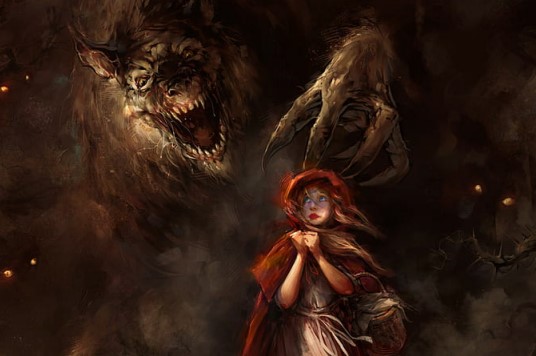 Perhaps one of the most well-known werewolf stories is Little Red Riding Hood. This is often told to children like a fairy tale. However, if we travel far enough back in time, we can see that it has its roots in medieval Europe. The story’s main point is werewolves hunting children who fell alone in the forest.The story’s central theme is to prevent children from walking alone in the forest. The girl with the red cap ignores them as naughty children and goes to the forest alone. Then a wolf ambushes him. He can only get rid of it by giving the wolf the bread in the basket he will take to his grandmother with Red Riding Hood.
Perhaps one of the most well-known werewolf stories is Little Red Riding Hood. This is often told to children like a fairy tale. However, if we travel far enough back in time, we can see that it has its roots in medieval Europe. The story’s main point is werewolves hunting children who fell alone in the forest.The story’s central theme is to prevent children from walking alone in the forest. The girl with the red cap ignores them as naughty children and goes to the forest alone. Then a wolf ambushes him. He can only get rid of it by giving the wolf the bread in the basket he will take to his grandmother with Red Riding Hood.
Irish Folklore Werewolf Story
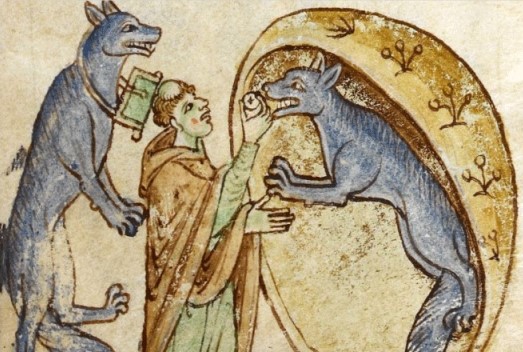
You can see that werewolf stories are common in Ireland as well. These stories are also based on ancient poems and epics. The werewolf is a shape-shifting creature you can see in Irish folklore. Any weapon made by humans cannot kill it. According to Irish culture, the only way to kill him is with silver.
According to the stories told in Ireland, this creature can become a human or a wolf at will. In other words, it can change shape whenever it wants, not only at the full moon. In Edmund Spenser’s poem ” The Faerie Queene, “you can see the werewolf legend in Ireland, is also told in Edmund Spenser’s poem “The Faerie Queene.” In this epic poem, he describes various creatures, such as goblins and harpies, who roam Ireland and are said to cause mischief and chaos among the people there. These creatures are called “Fayrie.” Among them are werewolves.
Werewolf in Bisclavret (France)
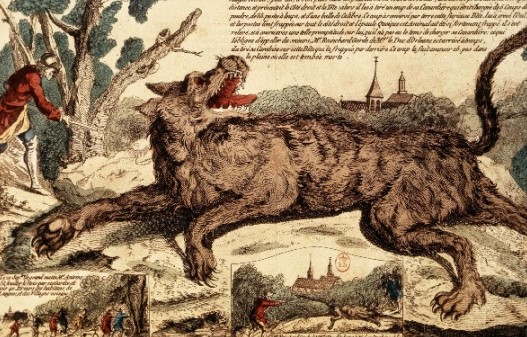
The werewolf in Bisclavret is a 13th-century French romance by Marie de France. Bisclavret is a baron in Brittany loved by the king. He is a werewolf for no given reason. Each week, he disappears 3 days in werewolf form. After that, his magic clothing will bring him back to the human form. Having heard of the truth, the baroness conspires with a knight to steal her husband’s clothing, so the baron could not change back. Then she marries the Knight.
A year later, the king goes hunting and encounters a wolf who begs his mercy and kisses his foot. The king takes back it to the castle, then throws a celebration where the Knight is invited. The wolf attacks the knight once seeing him. Later, the king visits the baron’s town and takes the wolf with him. The wolf rips off the baroness’s nose.
Someone finds that the two attacks are connected and the king starts an investigation. The baroness confesses all and brings out the magic clothing. With the clothing, Bisclavret changes back to human form. The king exiles the baroness and her knight. The baroness gives birth to many children without noses.
Hitler’s Werewolf Army
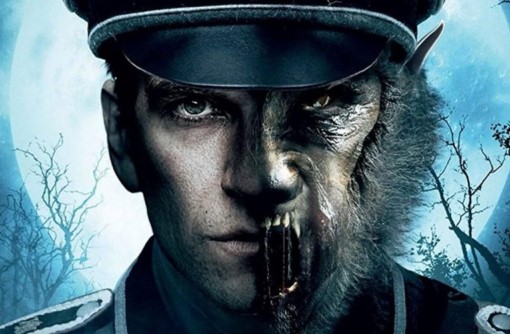
A story that Hitler was a werewolf army is based on rumor rather than a myth. The Nazis were obsessed with the occult. Many of its leaders believed in the “Werwulfen” or “Wehrwölfe” legend who would rise to become the Führer’s guard. This story was based on a Germanic prophecy that foretold the shapeshifter race.
Legend has it that these creatures arose when a wolf fed on a human corpse. They were said to be strong and fierce warriors who could turn into wolves. Adolf Hitler himself used the legend. “The man born as a wolf always remains a wolf,” he wrote in Mein Kampf. He even claimed that his ancestor was such a creature.
Werewolf Story in Turkey
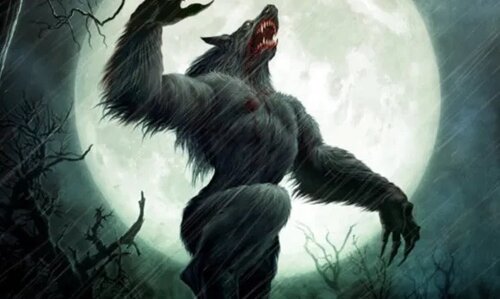
Werewolves are called ‘Kurt Adam’ or ‘Kurtadam’ in Turkey. The Turkish word werewolf means “werewolf.” In Turkish folk tales, a werewolf is a man who turns into a wolf at night. It has a dog’s tail and ears, a thick bear-like fur coat, and sharp claws on its hands and feet. It is powerless against garlic and can be killed with a silver bullet.
The werewolf legend spread from Europe to the Turks, who once advanced into Europe. In the Ottoman Empire’s Balkans in the 16th century, there was a high level of belief in werewolves and vampires.
Wolf-turned Human After Spiritual Cultivation in Ancient China
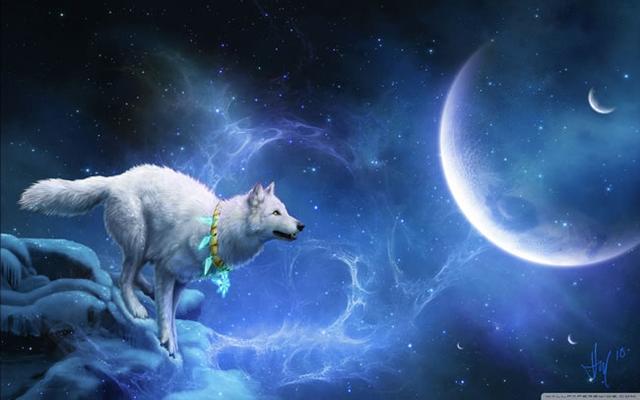
This story takes place in Phoenix mountain in Shandong province, China. A Buddhist priest and his guard wolf, who believed that this mountain was sacred, lived in the stone house on the mountain. The Buddhist monk always guarded the holy mountain. On the other hand, the guard wolf protected the priest who owned it from danger.
Like his master, the wolf loved to read scriptures and even memorize them. The wolf was also virtuous and wanted to be a human being. In this way, he could read the sacred texts aloud.
One day the wolf got very hungry and begged the mountain god for food. The mountain god led the wolf to the villages and the river to eat it. While the wolf was going towards the river, he saw a blind man. He attacked him, but the wolf returned to the mountain hungry when the man begged for his life. The next day, the mountain god directed him downstairs to satisfy his hunger, and there he saw a woman and her grandchild in her arms. He dropped the woman and put the baby in his mouth, but when the old woman begged, the wolf returned to the mountain hungry again and died of hunger.
The wolf is rewarded for this and reincarnated into a human child. But its lord, the mountain god, dies shortly after the wolf dies of starvation. He also reincarnates into a wolf cub. These two meet again on the same mountain years later. Seeing that his old wolf is now his master, the mountain god throws himself down and commits suicide.
Conclusion
Werewolf stories have been told for thousands of years in different geographies and cultures. Some are mentioned in legends, while you can find some in poems or even in theaters. You can find it in stories with wolves, even in religions like the Buddhism example above. Like Adolf Hitler’s werewolf army narrative, urban legends also used werewolf stories to represent power and noble blood.
Due to the strong values he describes, werewolf generally represents power and brutality in societies. Werewolves are shape-shifting creatures that societies have feared for centuries. They are humans but either cursed or transformed by a sorcerer. It is generally believed that their sole purpose is to eat people and drink their blood.

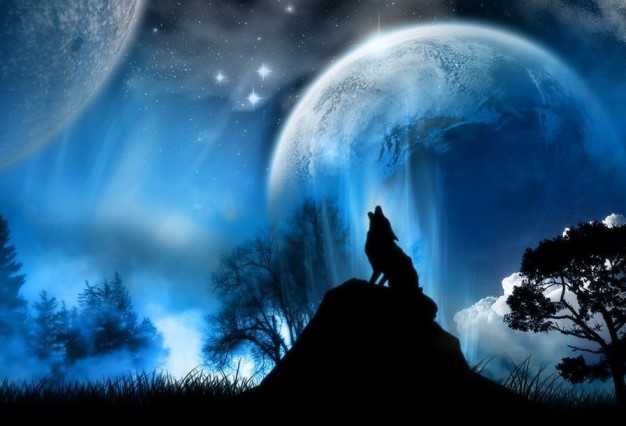



“The werewolf in Bisclavret is a 13th-century French romance by Marie de France. It is one of the first stories in France where the werewolf’s name is mentioned. The story revolves around a lord named Bisclavret, who is cursed to become a wolf as punishment for killing his wife’s lover. Later, this lord flees to the mountains in wolf form and becomes the lord of all wolves.
“Bisclavret, who returns at his wife’s request, cannot be recognized by his wife. Later, Bisclavret took his wife with him and locked them in a tower where no one could see them. They live together in this tower until they die, and no one can see them again.”
This is inaccurate. For one thing Bisclavret never killed anyone and there were never any other wolves in the Lai of the Werewolf by Marie de France.